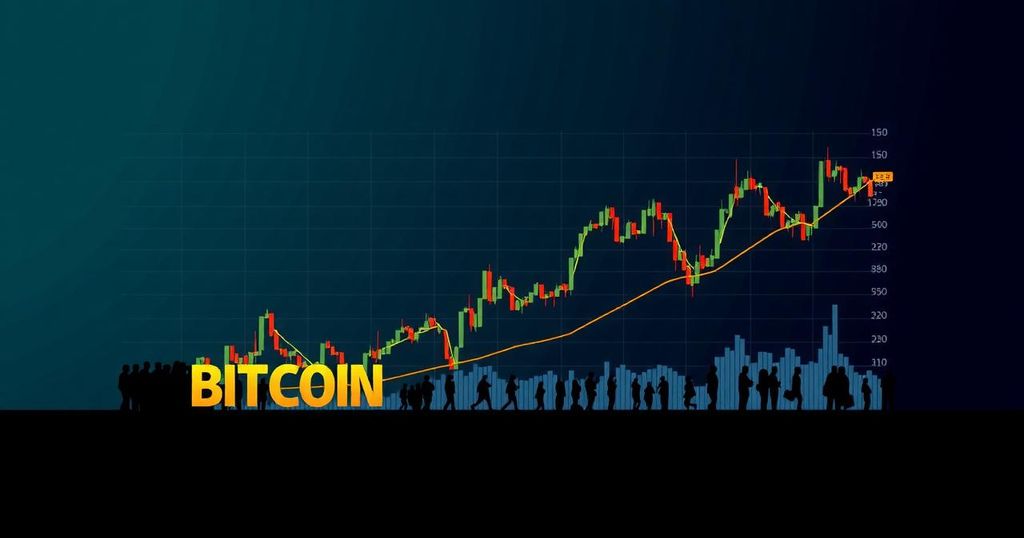The Rising Value of Bitcoin in the Digital Age
As the global community increasingly engages with the digital landscape, the emergence of cryptocurrencies like Bitcoin continues to attract widespread attention and interest. The fluctuations in the value of Bitcoin are closely monitored by investors, contributing to a sense of anticipation surrounding its market performance. The concept of Bitcoin is indeed intriguing, as it represents a digital form of currency that transcends physical existence and holds value across various nations where it is accepted. The idea of being able to conduct daily transactions using Bitcoin, a decentralized currency beyond the influence of centralized banking institutions, is exceptionally compelling.
Bitcoin is specifically engineered to function as an open and decentralized currency, with the objective of providing a faster, more cost-effective, and dependable mode of payment than traditional fiat currencies. Notably, it is not tethered to a specific national jurisdiction, thereby establishing itself as a global means of exchange. The innovative process of “mining” Bitcoin represents a groundbreaking aspect of the currency, permitting users with the necessary technological capabilities to engage in its mining activities. Those without the necessary means for mining can engage in the purchasing and selling of Bitcoin through online exchanges like Coinbase or LocalBitcoins, thereby ensuring accessibility for a diverse range of individuals interested in cryptocurrency.
However, a survey conducted in 2015 revealed that the majority of Bitcoin users were of white ethnicity and male gender, with varying income levels. Furthermore, the survey indicated that individuals with substantial Bitcoin holdings were more inclined to engage in illicit activities, raising concerns about the potential misuse of the digital currency.
An intriguing characteristic of Bitcoin is its limited supply, which stands at 21 million Bitcoins. This finite supply shields Bitcoin from inflation, a persistent issue afflicting traditional fiat currencies. However, this finite supply also presents a challenge, as a potential breach could lead to the irreversible loss of individuals’ Bitcoin holdings, rendering the price of Bitcoin negligible.
Looking ahead, the future of Bitcoin appears untenable. It is anticipated that 94% of Bitcoins will be released by 2024, potentially resulting in a decline in mining profits as the total number of Bitcoins in circulation approaches the 21 million mark. Furthermore, the surge in Bitcoin holdings could lead to heightened transaction fees, thereby introducing an added layer of complexity to the digital currency.
In August 2017, Bitcoin Cash was created as a result of a splintering from the original Bitcoin, bringing forth fresh opportunities to address some of the challenges encountered by Bitcoin, including sluggish transaction speeds. This division underscored the ongoing debate between core developers advocating for smaller Bitcoin blocks and miners striving to amplify block sizes for a more expeditious and scalable network, culminating in the establishment of Bitcoin Cash.
The volatility in Bitcoin’s value poses unpredictable outcomes. The aspiration to achieve substantial gains from Bitcoin is underpinned by sanguine prognostications, such as Jeremy Liew, the inaugural investor in Snapchat, predicting that Bitcoin could reach a value of $500,000 by 2030. The pervasive uncertainty surrounding Bitcoin’s future leaves both investors and users grappling with speculative possibilities.
Amidst the intricate realm of digital currency, the meteoric ascent of Bitcoin serves as a poignant reminder that the future of finance is undergoing rapid transformation propelled by technological advancements. Whether Bitcoin’s value will persist in its upswing or succumb to a decline remains an enigma – a waiting game that only time will unveil.








Post Comment